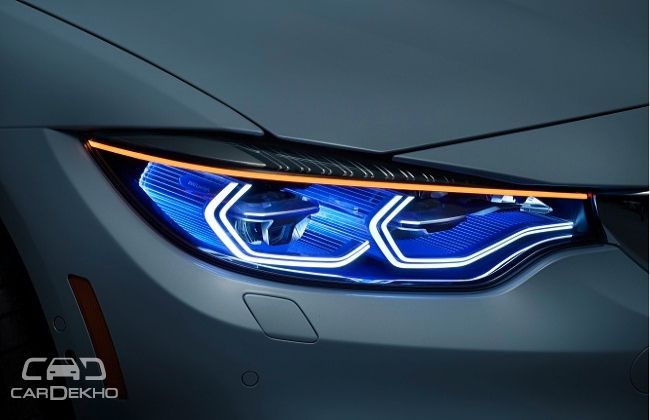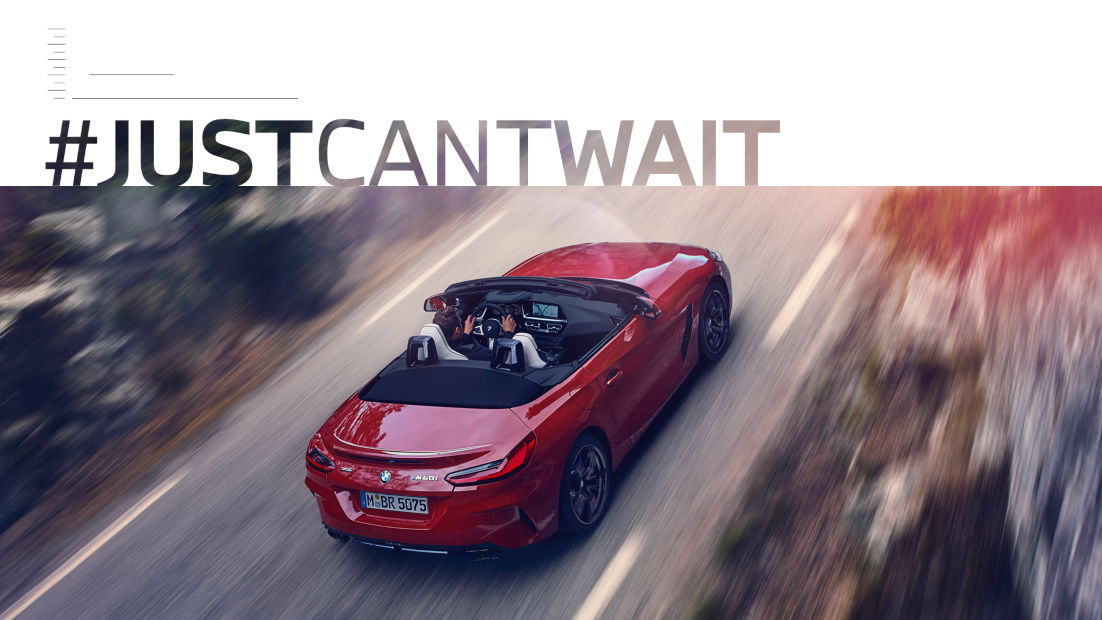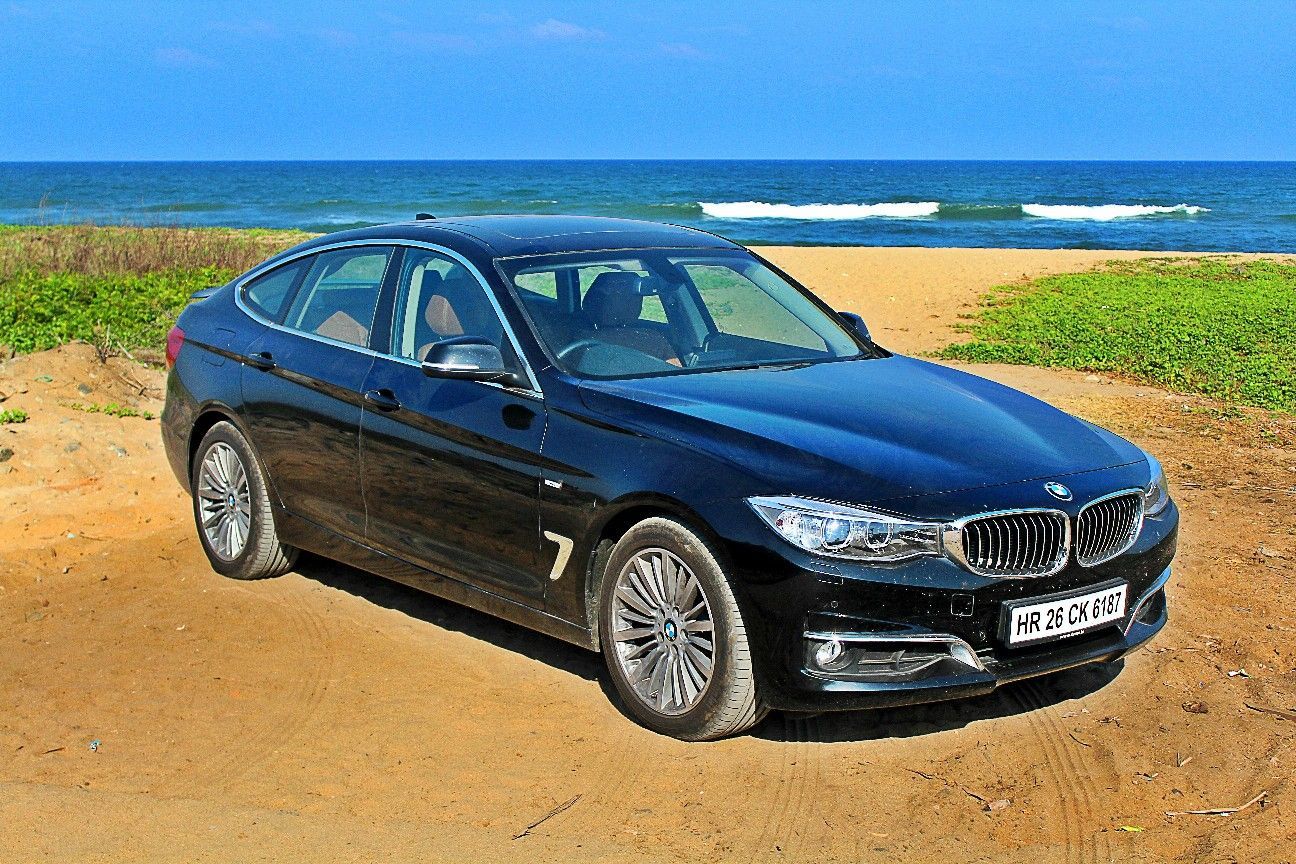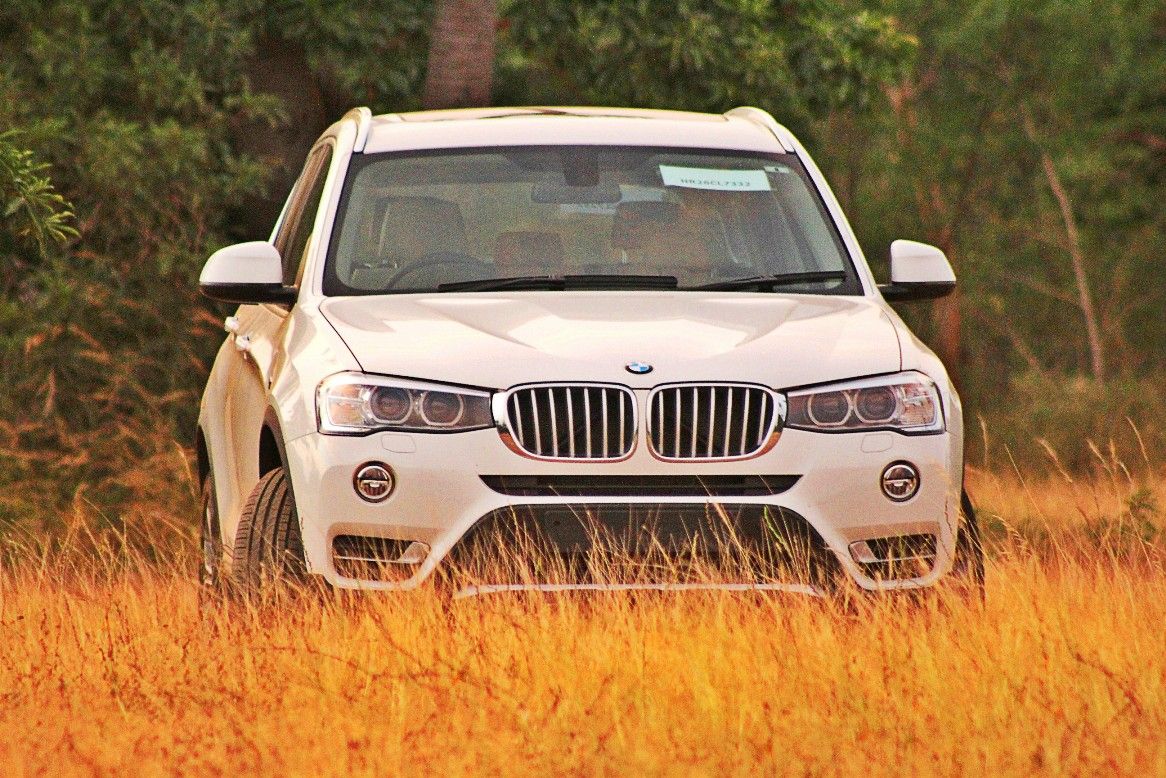All about BMWs new Laserlight
Published On Feb 06, 2015 05:39 PM By Abhijeet
- Write a comment
Automotive headlight technology has been getting a lot of concern by manufacturers, especially because they can enhance safety while driving. With the battle gaining heat between German manufacturers, BMW showcased its new Laserlight equipped M4 Coupe at the Consumer Electronics Show (CES 2015) held earlier this year.

BMW claims this new technology will now be able to generate long beam range illuminating nearly 600 metres ahead. These long range lights work in tandem with assistance systems and vehicle sensors, thus raising the scope of lighting in improving safety and comfort for occupants. The production application of the Laserlight is stated by the company in the ‘near future’.
Design
An extension of conventional BMW twin headlights, the laser technology can be realised by the fine blue strips inside the headlamp unit.

The rear tail lamps of the M4 Coupe here are OLEDs (organic light-emitting diodes), which produce illumination from wafer-thin semiconducting layers of organic material. The lit surfaces are positioned such that they reflect 3-dimensional effect enhancing the visual appeal. Also OLEDs take up less space in the unit subject to their thinner size, resulting into more area free in the boot.
Anti-dazzle
One of the ever troublesome night driving is made even more painful by dazzle in the driver’s eyes. BMW Laserlight will be able to produce an anti-dazzle light and laser projection no compromise in beam range and brightness. Camera-based BMW Selective Beam system controlled by dynamic actuators prevents oncoming or preceding vehicles being dazzled and also allows the laser high beam to be left on at all times. The “coherent” monochromatic blue laser light is converted into harmless white light in the laser headlight.

A special optical system directs the rays from the high-performance diodes onto a phosphor plate inside the light, which converts the beam into a very bright white light. This light replicates natural daylight and is also pleasing to the eye. The parallel beam is nearly ten times more intensive than the light generated by halogen, xenon or LED light sources. But do not assume that this intensity might lead into more battery consumption, as the system consumes 30 per cent less energy. Also a beam range of about 600 metres is actually twice that of other light sources.
Laserlight connectivity
The seamless integration of Laserlight with other systems onboard the car allows several smart lighting functions to be implemented. Connection with the navigation system allows proactive Adaptive Headlight light up corners before the steering wheel is turned.

Adding a new parameter to the Night Vision system’s Dynamic Light Spot function, in pitch-dark, people and animals can be detected from a distance of up to 100 metres, by infrared camera, and “spotlighted” by the laser-based Dynamic Light Spot. If your car detects reduced clear road width ahead, the laser headlights can be used to provide “narrow clearance” lighting. A laser projection function indicates the exact width of the vehicle in relation to the road to allow safe passage through the narrow space.
Rear light 3-dimensional effect
The Organic light-emitting diodes (OLED) in the rear tail lamp unit provide an efficient and sustainable light source. The low power consumption of these OLEDs supports in the further reduction of vehicle CO2 emissions.

Another feature of this technology is the fact that no expensive rare earth metals are required in the production process. OLED elements are quite thin with a thickness of just 1.4 millimetres. Also, the individual modules can be activated separately, generating new possibilities for creating different lighting effects at the rear light clusters.
Different lights for different driving modes
Do not get excited, this one is only for the rear lights. With the activation of the OLED segments individually, it becomes possible to generate different rear lighting effects corresponding to different driving modes.

For example, normally the L-shape is wide and uniformly illuminated, in Sport mode a different-shaped light pattern can be used by activating only some of the OLED segments. The rear light then appears as a narrow, focused and sharply defined “strip” of light.










